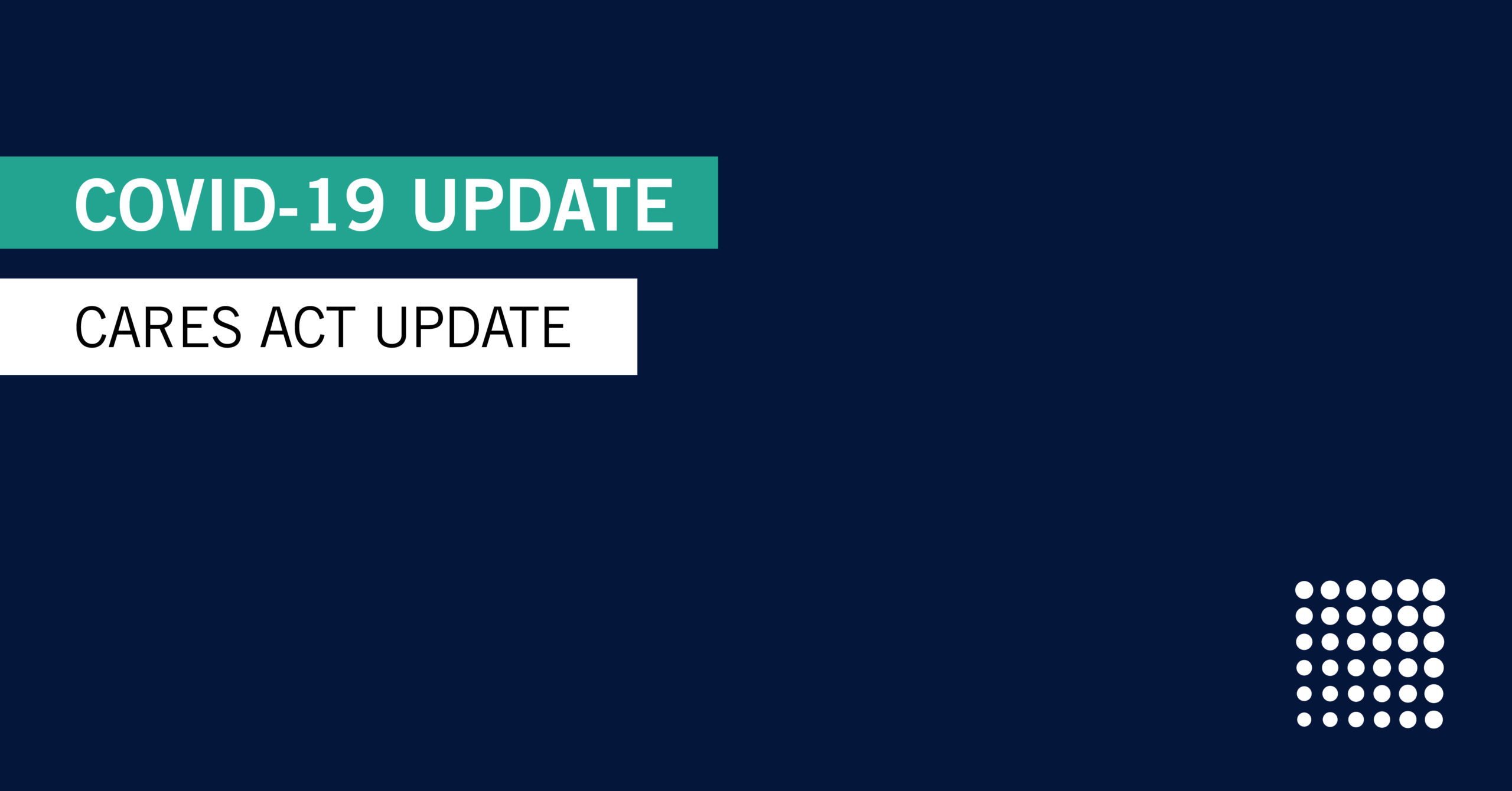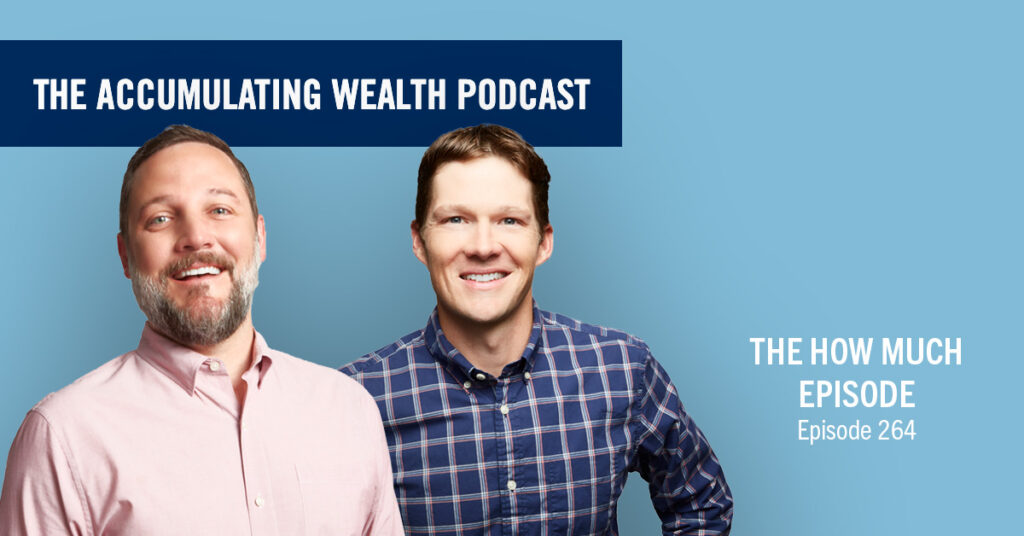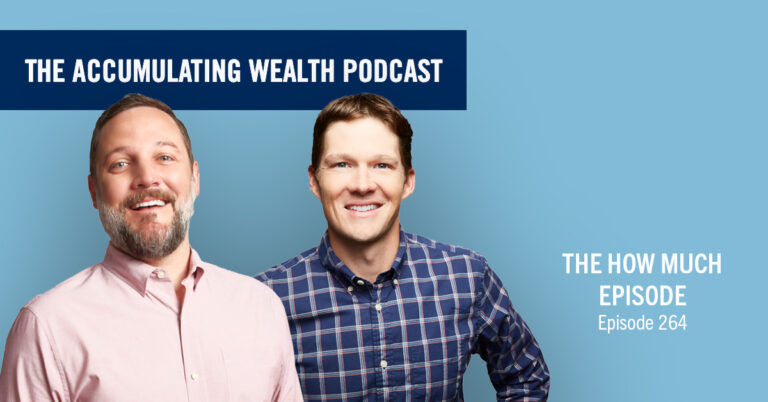Separating fact versus emotion before you act
On Friday, March 27, President Trump signed the $2 trillion relief bill into law, sparking a new flood of noise to rush into the media and hands of well-meaning business owners looking to take advantage of its provisions. One area in particular that our advisors have been receiving questions over is the Economic Injury Disaster Loan (EIDL) grant program.
As we’ve mentioned in previous communications, trying to consume all the information floating around can create confusion and evoke doubt. This is especially true when discussing the EIDL grant program. We have received many messages of concern from clients worried that if they don’t take action immediately, they will miss out on the $10,000 grant opportunity. This is false.
As we all navigate through these uncertain times together, we ask you to do one thing; trust us. Trust your advisor, read our communications and do your best to ignore the rest of the noise. Our team of advisors and our trusted industry partners are working around the clock to determine the best course of action for you. CWA is committed to guiding you through this.
Today we wanted to separate the facts from the emotions surrounding the EIDL grant program. Here is what we know:
- The EIDL grant program will be run through the Small Business Administration (SBA). To qualify you must apply for a broader, more comprehensive SBA disaster loan which is a more involved application process.
- CWA is working closely with several banks, including Live Oak Bank, the largest national lender of SBA loans, to learn how these loans will be mechanically funded.
- Banks such as Live Oak are still waiting on guidance and regulations to be issued instructing them about the specifics of this new EIDL grant program (which is part of the CARES Act just signed into law yesterday.)
- We believe that the SBA’s focus going forward will be on the new, more expansive Paycheck Protection Program (PPP) loans. These are forgivable loans up to 2.5 times your average monthly payroll which we discussed in our CARES Act blog post under Section 2 on March 26. This will likely result in funding lags for the SBA disaster loans/EIDL grants.
- A dental practice can apply for both SBA disaster loans (and thus be eligible for the EIDL grant) and PPP loans. However, you cannot use the EIDL grant proceeds for the same qualifying expenses as the PPP loan and receive forgiveness on both. Any amount of EIDL forgiveness will reduce the forgiveness cap of your PPP loan. You will be able to borrow more funds under the SBA disaster loan program (up to $2 million) vs. being limited to 2.5 times your payroll under the PPP loan.
- However, only a maximum of $10,000 of the SBA disaster loan proceeds can be ultimately forgiven in the form of an EIDL grant. This is assuming you have separate qualifying expenses from those that will be used under the PPP loan. If you receive the PPP loan proceeds first, like we believe you will, you cannot have total forgiveness greater than the PPP cap, so the $10,000 grant will revert back to a loan when it eventually funds.
- The remaining balance of your SBA disaster loan will be termed out by the SBA up to 30-years at a rate of 3.75%.
- If your SBA disaster loan does funds first, having part of your SBA loan forgiven in the form of an EIDL grant (up to the $10,000 maximum) will reduce the amount of your PPP loan that can be forgiven.
- Applying for the SBA disaster loan/EIDL grant won’t jeopardize you filing for the PPP loan. You can do both. If you apply for both, you should open and deposit the loan proceeds in new separate checking accounts to track and maximize your loan forgiveness.
- SBA disaster loans that originated after January 31, 2020, and issued before the PPP loans are made available can be refinanced into your PPP loan. However, once PPP loans are made available this refinance feature will no longer be made available. This refinance feature does not change the maximum forgiveness limits.
Watch our webinar that goes in depth on the CARES Act, including the EIDL program.
CWA Comments & Strategy:
If you’ve already applied for funds under an SBA disaster loan you are not at risk for losing eligibility to apply for the new PPP loans. However, you need to work closely with your CWA planner to make sure you keep the loan proceeds separate to maximize your overall loan forgiveness. You cannot duplicate qualified expenses when trying to qualify for the EIDL grant.
If you’ve yet to apply for funds under an SBA Disaster Loan and you have a solid 90-day cash flow plan, we see no reason to run out and apply for an SBA disaster loan now, as we believe the PPP loans will be funding faster. This applies also if you have access to other cash resources such as a line of credit for short-term cash needs, and do not foresee needing to borrow more than you can qualify for under the PPP loan. However, if you feel more comfortable knowing you are in the waiting line for the EIDL loan in case cash needs arise there is no reason you cannot apply.
This ties into our consistent advice from the beginning to minimize ongoing expenses as much as possible during the time you are shutdown.
This can be done by:
- Furloughing or laying off your employees and allowing them to collect the enhanced unemployment benefits provided under the CARES Act.
- Building a 90-day business and personal cash-flow plan using cash on hand and line of credits as your primary bridge.
- Working with your CWA planner to strategically apply for a PPP loan so that you maximize the loan forgiveness potential and match it to your specific ramp up period when you reopen.
As always, thank you for your trust in us. If you have questions or concerns, please visit our resources page for the latest communication and guidance, or contact your planning team.
CWA Partners & Planners
Our financial planners are here to help guide clients through this crisis.














